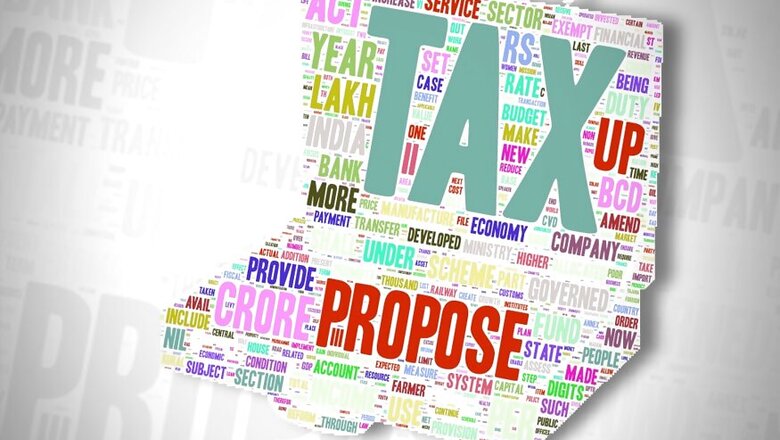
views
The Interim Budget is scheduled to be announced on Friday. The finance document in the Budget, which is an estimate of the earnings and the expenditures of the government in the fiscal year, can be a little tricky to make sense of. The document happens to be the most important of the 10-12 pages in the Budget compilation. It is called the Annual Financial Statement.
Here are some of the important terms one should know ahead of the Budget 2019:
Annual Financial Statement: The key document in the compilation comprises three government accounts — consolidated fund, contingency fund and public account — for which the government has to mention the expenditures and earnings for the fiscal year. Apart from this, the document also includes other receipts and expenditures.
Consolidated Fund: This is the main account from which the government facilitates its revenue. From the fund, the government finances loans and adds the receipts from loans. Most of the government expenditures are largely made from this fund.
Contingency Fund: The money from this account is for complying with any unforeseen expenditures required in the future. The amount which is taken out from this fund has to be reimbursed with the money available in the Consolidated Fund.
Public Account: This fund is typically where the government acts as a banker for the people. Provident funds, small saving schemes, among others are deposited into the Public Account. The government uses the deposits but is required to be repaid to the rightful owners at some point.
The government cannot withdraw money from any of the government funds without the Parliament's approval, except the Public Account.
For the funds listed above, the government is required to present a statement of the earnings and the expenditures.
Revenue-Receipts and Expenditures: Revenue expenditures are termed to be the expenses which the government requires to run the business as usual and pay the interest on debt and subsidies.
Revenue receipts for the government come from direct and indirect taxes, interest, dividends and profits from investments, fees and other receipts from services rendered.
Capital-Receipts and Expenditures: Capital expenditures are incurred by the government for acquiring assets and investments and loans and advances to the state governments.
The capital receipts are funds raised from the market, borrowing from the central bank, external assistance from foreign governments and recoveries of the loans and advances. Divestments and tax revenue also fall under the umbrella of capital receipts.



















Comments
0 comment